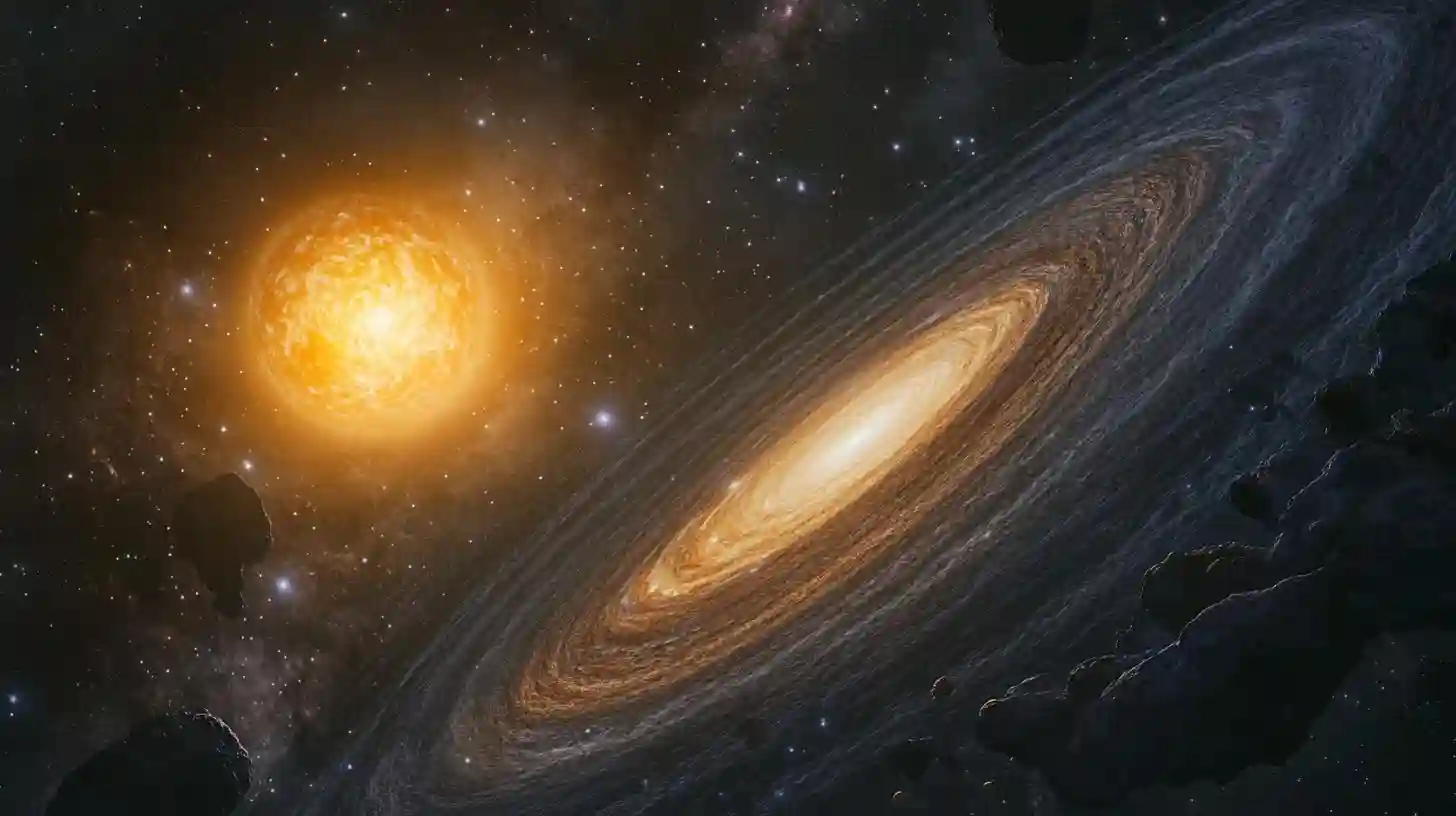
Infospherezone

The vast expanse of the Milky Way galaxy has long been a source of mystery and wonder for astronomers and stargazers alike. For centuries, humanity gazed at the night sky, pondering the nature of the cosmos, the formation of stars, and the potential for life beyond our planet. As technological advancements continue to shape the field of astrophysics, researchers are now unveiling secrets of our galactic home that were once cloaked in darkness. New technologies are reshaping our understanding of the Milky Way, revealing new phenomena and providing deeper insights into the processes that govern our universe.
One of the most significant breakthroughs in recent astronomical history has been the development of powerful telescopes equipped with advanced sensors. These instruments allow astronomers to observe celestial bodies in wavelengths beyond the visible spectrum. The ability to capture infrared and radio emissions has opened new avenues for exploration, allowing scientists to peer through cosmic dust and gas that previously obscured their view. This innovative approach has led to remarkable discoveries, including the identification of previously hidden star-forming regions, clusters of young stars, and even the detection of exoplanets in the habitable zone of their respective stars.
An essential aspect of understanding the Milky Way lies in mapping its structure and composition. Recent advancements in satellite technology have facilitated the creation of three-dimensional maps of our galaxy. Data from missions such as the European Space Agency's Gaia satellite has provided astronomers with unprecedented access to the positions and motions of billions of stars. The intricate mapping of stars helps to illuminate the spiral arms of the Milky Way and offers insights into the distribution of dark matter, which constitutes a significant portion of the galaxy's mass. This information is crucial for understanding the dynamics of our galaxy and the gravitational forces that shape its evolution.
In addition to mapping the galaxy, researchers are utilizing sophisticated simulations and models to explore the history of the Milky Way. High-performance computing allows scientists to simulate the formation and evolution of galaxies over billions of years. By running scenarios with varying parameters, they can test hypotheses regarding star formation rates, the impact of galactic collisions, and the role of dark matter in shaping galactic structure. These simulations not only enhance our understanding of the Milky Way but also provide context for the evolution of other galaxies in the universe. This comparative approach sheds light on the similarities and differences between galaxies and helps scientists build a broader understanding of cosmic evolution.
Unveiling the hidden wonders of the Milky Way also involves understanding the supermassive black hole at its center, known as Sagittarius A-star. Recent advancements in imaging technology have allowed astronomers to study the behavior of stars in the vicinity of this black hole, providing clues about its properties and the forces at play. The Event Horizon Telescope project, which captured the first image of a black hole in another galaxy, is now applying similar techniques to study Sagittarius A-star. Understanding the nature of this black hole is crucial for unraveling the mysteries of our galaxy, as it influences the motion of stars and the dynamics of the surrounding regions.
Furthermore, new discoveries about stellar populations within the Milky Way are informing our understanding of stellar life cycles. High-resolution spectroscopy enables astronomers to analyze the chemical composition of stars, allowing them to trace the origins of various elements in the galaxy. Insights into how stars are formed, evolve, and ultimately die contribute to the overarching narrative of cosmic recycling. The remnants of stars lead to the formation of new celestial bodies, perpetuating the cycle of creation and destruction within the galaxy.
The quest to understand the Milky Way is intertwined with the search for extraterrestrial life. Advanced technologies designed to detect biosignatures and chemical signs of life on exoplanets are now being applied to the study of our galactic neighborhood. By analyzing the atmospheres of potential habitable planets orbiting stars in the Milky Way, scientists are exploring the conditions necessary for life to thrive. These investigations promise to shed light on whether we are alone in the universe or part of a larger cosmic community.
As astronomers harness the power of new technologies, the Milky Way is gradually revealing its secrets. Each discovery uncovers layers of complexity within our galaxy, enriching our understanding of its structure, formation, and the forces at play. With the continuous evolution of technology, the mysteries of the Milky Way will likely come further into focus, inviting humanity to reflect on its place in the cosmic tapestry. The journey of exploration continues, as we aim to fathom the depth of the universe and our own galactic realm.